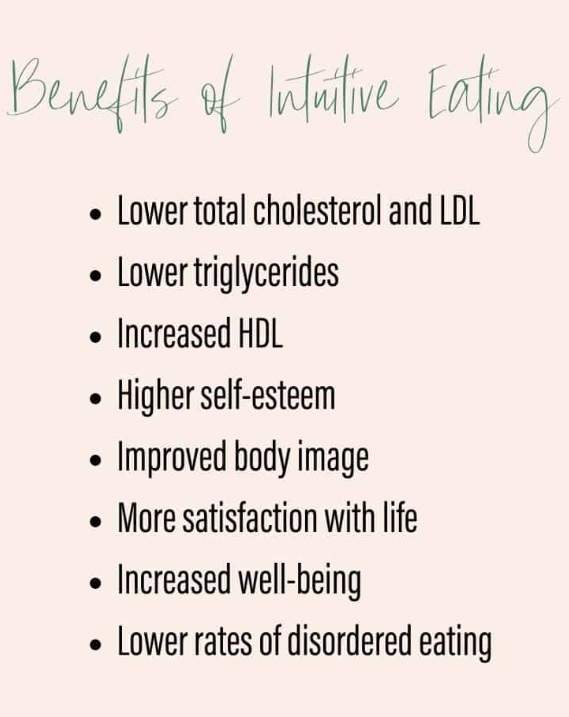Table of Contents
How to Use Mindful Eating to Lose Weight

Mindful eating is not a new concept, but research has demonstrated its effectiveness for weight loss. It involves altering your perspective about food so you feel nourished and contented after indulging.
Focusing on hunger and fullness cues, eliminating distractions and tuning into what makes you feel good could potentially help you shed pounds and break the deprivation-binge cycle.
1. Focus on your food
Mindful eating is the practice of paying attention to your food intake and body’s hunger and fullness signals. It can be an effective tool for weight loss, mental health issues, as well as stress management.
Meditation can help you foster a healthy relationship with food and reduce reliance on external rules and restrictions. Additionally, it boosts confidence and self-trust levels.
One of the best ways to develop mindful eating is by paying attention to both your food and body before, during and after meals. Doing this helps you notice food textures and flavors as well as your body’s hunger and fullness cues.
Eating different foods can teach you how to savor and appreciate them. Take small bites of your favorite items and notice how they feel in your mouth and on your tongue. Focus on savoring the first few bites as this will give you a greater sense of satisfaction without overeating.
By becoming more mindful with your food choices, it can become easier to stop using food as a way to satisfy emotional needs. For instance, comfort eating after a breakup or during stressful periods at work might be tempting but these cravings usually pass quickly and are not caused by genuine hunger, according to Carolyn Dunn from North Carolina State University’s human sciences department.
Losing weight while practicing mindful eating can be a daunting challenge, but with persistence you will see positive changes in your life.
2. Eat slowly
When trying to shed pounds, one of the best practices you can do is eating slowly. Eating slowly not only enhances your meal experience but also encourages healthier choices and regulates appetite.
Eating slowly helps you determine when you’re full, which is essential for avoiding overeating or binge eating. Additionally, it makes it simpler to determine which foods are nutritious and which aren’t.
Joanna Albers, an expert on mindful eating, suggests taking time to sit down when you eat and savor each bite. Doing this will allow you more time to appreciate the flavors in your food and how it tastes, according to Joanna.
Though this may seem challenging at first, remember that mindfulness is a skill you will need to develop and practice. Start small and work your way up towards full mindful eating style gradually.
If you are having difficulties with this, seek out the assistance of a healthcare professional for advice. They can assess your current habits and craft an eating plan tailored specifically for you.
Medical News Today reports that slowing your eating speed and practicing mindful eating can help regulate appetite naturally. This means you won’t need to rely on external cues like how much food is on your plate or the number of calories eaten to know when you’re satisfied.
Another way to practice mindful eating is by paying attention to your feelings before, during and after meals. Doing this helps you identify cravings or other emotional triggers that could lead to overeating. With this knowledge in hand, you can use it as motivation not to overeat when not hungry – which not only helps regulate weight but improves mood and reduce stress as well.
3. Enjoy your food
Mindful eating is a practice that emphasizes enjoying food and paying attention to your body’s needs. It can teach you how to eat more mindfully, regulate appetite and cravings, and even help you lose weight.
According to Jennifer Daubenmier, associate professor at San Francisco State University, mindful eating involves taking time to savor your food and appreciate its flavor, aroma and textures. You should also pay attention to your body’s feelings of hunger or fullness after you eat, she states.
Take for instance, when you bite into a chocolate chip cookie, take time to appreciate its texture and taste as it enters your mouth. You could even chew up to 50 times before swallowing the piece of cookie as an exercise in mindfulness with each bite.
When eating, make use of your senses of taste, smell and touch as tools for self-awareness. Try eating with your non-dominant hand and chewing the food 30-50 times before swallowing it for a more mindful experience.
When eating, pay attention to your emotions and how they influence your decisions about what to eat. If you’re feeling hungry or full, reduce portions or stop at that point.
Jennifer Daubenmier suggests that eating mindfully can help you identify and release food cravings more easily. It teaches you to respond more thoughtfully to them too, such as allowing them to pass instead of resisting them.
Mindful eating isn’t a quick fix and requires dedication of time and energy, but it can provide significant advantages to those suffering from weight loss, anxiety or other eating disorders.
4. Keep track of your food
When eating, it’s essential to pay attention to both what you eat and how it makes you feel. Doing this can help you make healthier decisions and shed some pounds.
One of the best ways to stay organized with your food intake is writing it down. You can do this on paper, use a diet tracking app or website, or even take a photo of the food using your smartphone camera. It’s one of the most efficient methods for staying motivated throughout the day!
Another way to keep track of your food intake is by noting the flavors, aromas, textures, and sounds you experience while eating. Doing this helps you recognize what you’re actually enjoying while avoiding mindless habits like shoveling food into your mouth without paying attention to its taste.
Dr. Smith stresses the importance of keeping track of your food intake when trying to shed some pounds.
Recognizing your body’s hunger and fullness cues helps you eat more slowly and mindfully, leading to better weight management as well as fewer instances of unhealthy habits such as bingeing.
Mindful eating can be done with virtually any food, provided it’s prepared with care and precision. Examples of such items include pomegranates (which require cutting and scoring before popping out the individual seeds) and edamame – where each bean needs to be gently pulled from its pod with your teeth.
No matter how you track your food intake, consistency is key. Breaking bad habits can be challenging but if you stay committed and remember to check in after each meal, the healthier relationship with food will begin.
5. Don’t judge yourself
Mindful eating is a tool that empowers you to make better choices about what you eat. It teaches you to be present with food, pay attention to hunger and fullness cues, avoid emotional eating and develop a healthier relationship with food.
But remember: mindfulness is not an overnight solution and if you try it too quickly, you might experience difficulty adapting or experiencing weight loss. That’s why it’s essential to take things slow and build your mindful eating skills gradually.
Additionally, be sure to avoid outside distractions that could interfere with your eating practice. This might mean abstaining from social media, phone calls and games while eating.
Your body may need time to adjust to this new way of eating, so it’s essential that you take it one step at a time and commit to making it part of your lifestyle.
Although mindful eating may initially seem challenging, you will soon see how mindful eating can actually help you shed pounds and maintain them.
As you continue to mindfully consume meals, you may even notice your body needs less food in order to feel satisfied and full. This could be a sign that you’re on track towards reaching your weight loss objectives!
The key to mindful eating is listening to your body when it’s communicating. Don’t ignore that voice or you could miss out on all the benefits! The more often you do this, the faster you’ll start noticing changes in your hunger and fullness signals.



